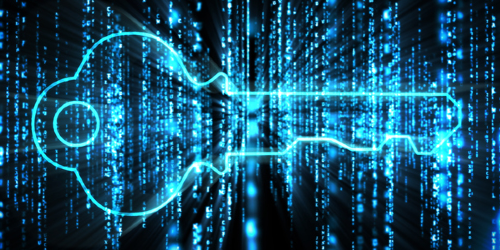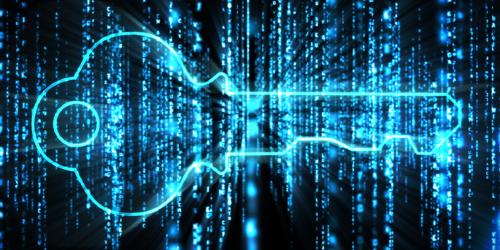Making Quantum Cryptography Safe and Practical
Most protocols for quantum key distribution (QKD)—a quantum cryptography technique—encode an encryption key in discrete quantum states, such as the two orthogonal polarizations of a photon. While some QKD protocols are immune to hacking, they require the detection of single photons, an ability not available in existing telecommunication networks. Now, Anthony Leverrier at Inria in France and colleagues have provided theoretical arguments for the security of continuous-variable (CV) QKD, a version that relies on interferometric detection schemes widely used in high-speed telecom networks. The result suggests that CVQKD holds potential for large-scale deployment in such networks.
Instead of discrete polarization states, CVQKD uses coherent quantum states that can be encoded in continuous variables like the amplitude and phase of an optical signal traveling through a fiber. Previous security proofs using this encoding, however, required these coherent states to be randomly chosen from an infinite set of states derived from a continuous distribution, which can’t be accurately prepared in real-world systems.
Leverrier and his team analyzed a CVQKD protocol that uses only four quantum states, which can be reliably prepared with available optical technology. Their analysis shows that this protocol could securely transmit a secret key over distances ranging from 50 to 150 km, depending on the noise in the transmission channel. The team acknowledges that their proof has an important limitation: It assumes the receiver has perfect knowledge of the channel’s noise. The researchers, however, believe that they could soon remove this limitation.
This research is published in Physical Review X.
–Matteo Rini
Matteo Rini is the Deputy Editor of Physics.





